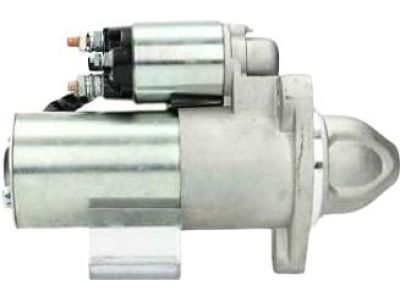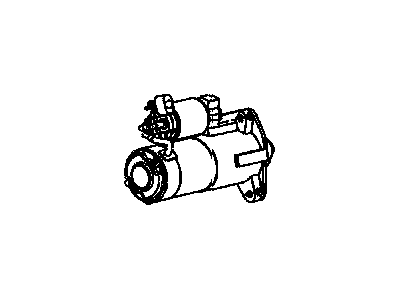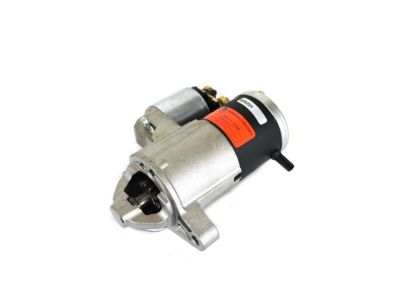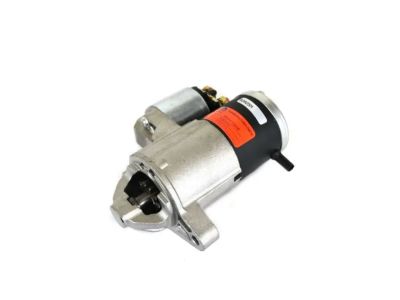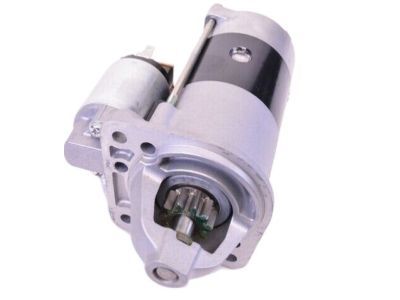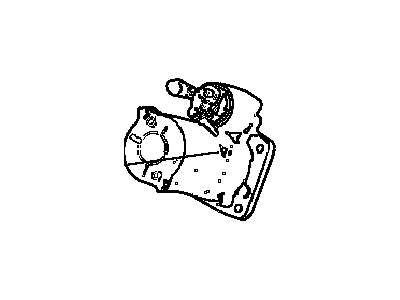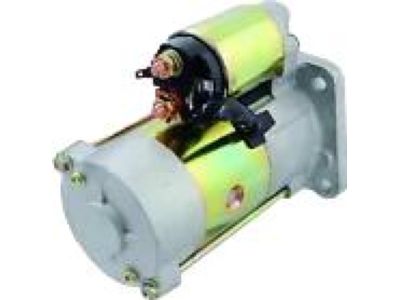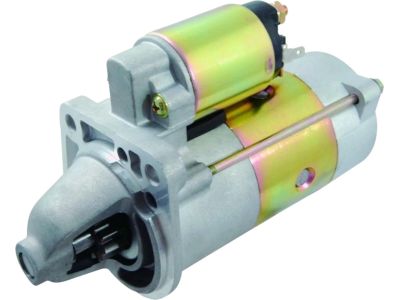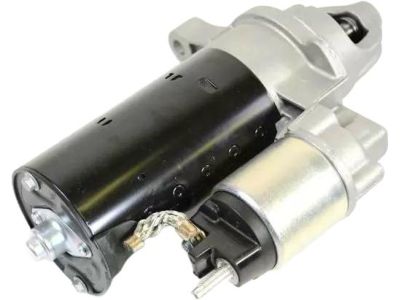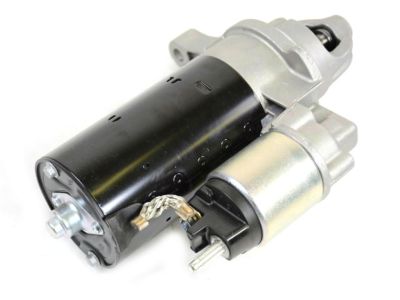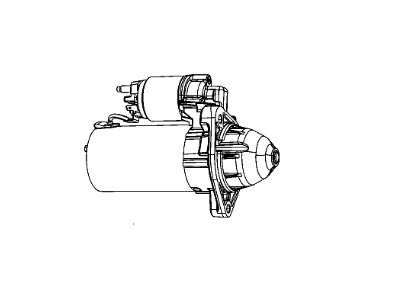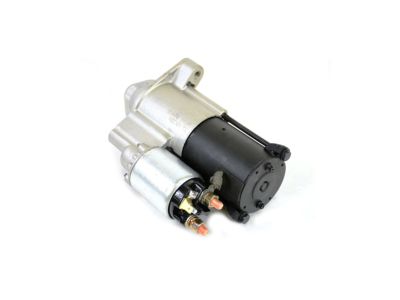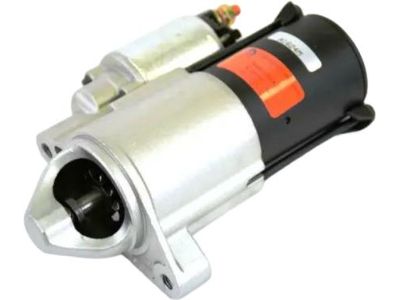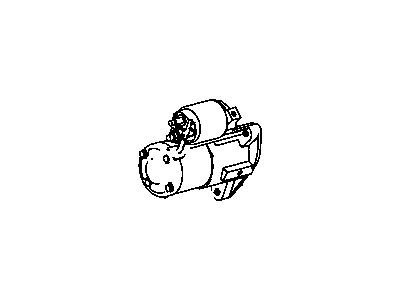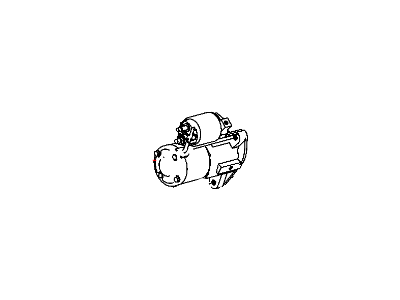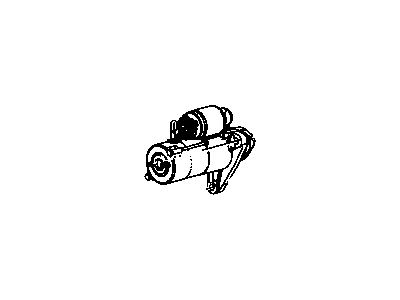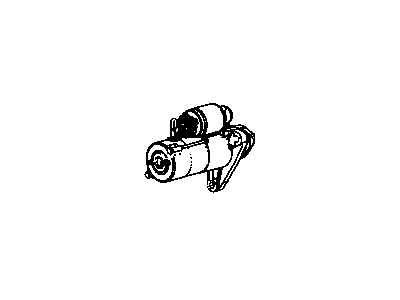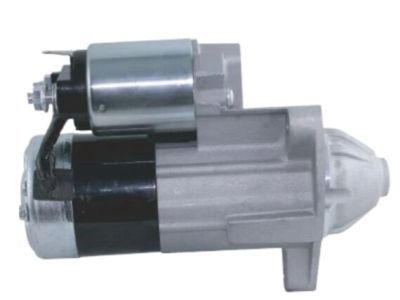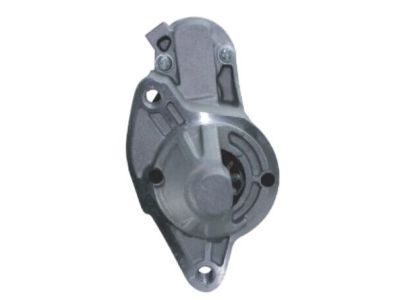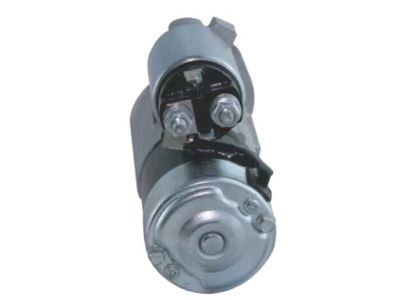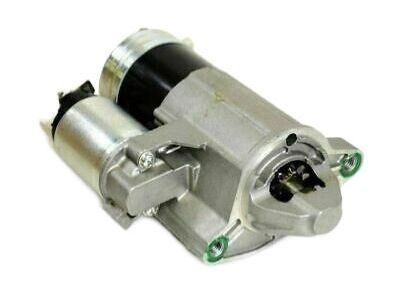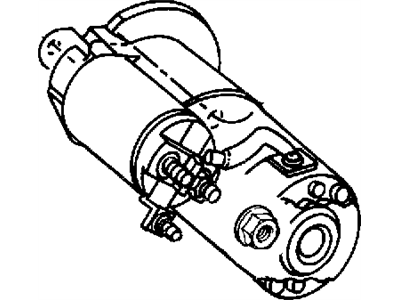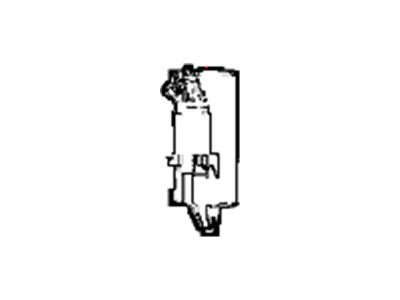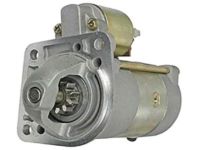
My Garage
My Account
Cart
Genuine Jeep Liberty Starter Motor
Starter Ignition- Select Vehicle by Model
- Select Vehicle by VIN
Select Vehicle by Model
orMake
Model
Year
Select Vehicle by VIN
For the most accurate results, select vehicle by your VIN (Vehicle Identification Number).
25 Starter motors found
| Page 1 of 2 |Next >
1-20 of 25 Results
Jeep Liberty Starter Motor
The Jeep Liberty model has a Starter Motor that enables one to convert the electrical energy in the battery into mechanical energy to crank up the engine. They include the battery, solenoid, the Starter Motor motor and a key switch among other components of an automobile. Due to electromagnetic principles an armature of the Starter Motor rotates engaging the Starter Motor drive to turn the engine flywheel or flexplate ring gear. In the years that could pass, the vehicles of Jeep Liberty most of the time incorporate electric Starter Motors as the most popular ones. These Starter Motors include a solenoid that pulls or pushes a drive pinion into engagement with the engine's flywheel and with improvements such as gears reduction, they have become more advanced and smaller in size.
Looking for affordable and high-quality auto parts? Then you have already arrived at the proper online shop. We offer all Jeep Liberty Starter Motor at great affordable prices. Moreover, all genuine Jeep Liberty Starter Motor come with a manufacturer's warranty. In the long run, you would realize you have saved a lot of trouble and money with OEM parts from here.
Jeep Liberty Starter Motor Parts Questions & Experts Answers
- Q: How to check a Malfunction in the starer motor and Starting Circuit on Jeep Liberty?A:If you encounter a malfunction in the starting circuit, don't immediately assume the starter is the issue. First, check the Battery Cable clamps for cleanliness and tightness, inspect the battery cables, and test the battery's condition. Verify the starter motor wiring, mounting bolts, related fuses, ignition switch circuit, starter relay, and the operation of the clutch safety switch or Park/Neutral position switch. If the starter doesn't activate when turning the ignition switch, check for battery voltage to the starter solenoid to ensure it's receiving the correct voltage. If voltage is absent, check the fuses and starter relay. If voltage is present but there's no movement from the starter motor, remove and bench test the starter. If the starter turns over slowly, test the starter cranking voltage and current draw from the battery while observing battery voltage not dropping below 9.6 volts and current draw not exceeding 160 amps. If the starter is receiving voltage but doesn't activate, remove and check the starter motor assembly on the bench, paying attention to the solenoid's operation and pinion drive rotation to diagnose any defects. In rare cases, check for engine seizure before proceeding.
